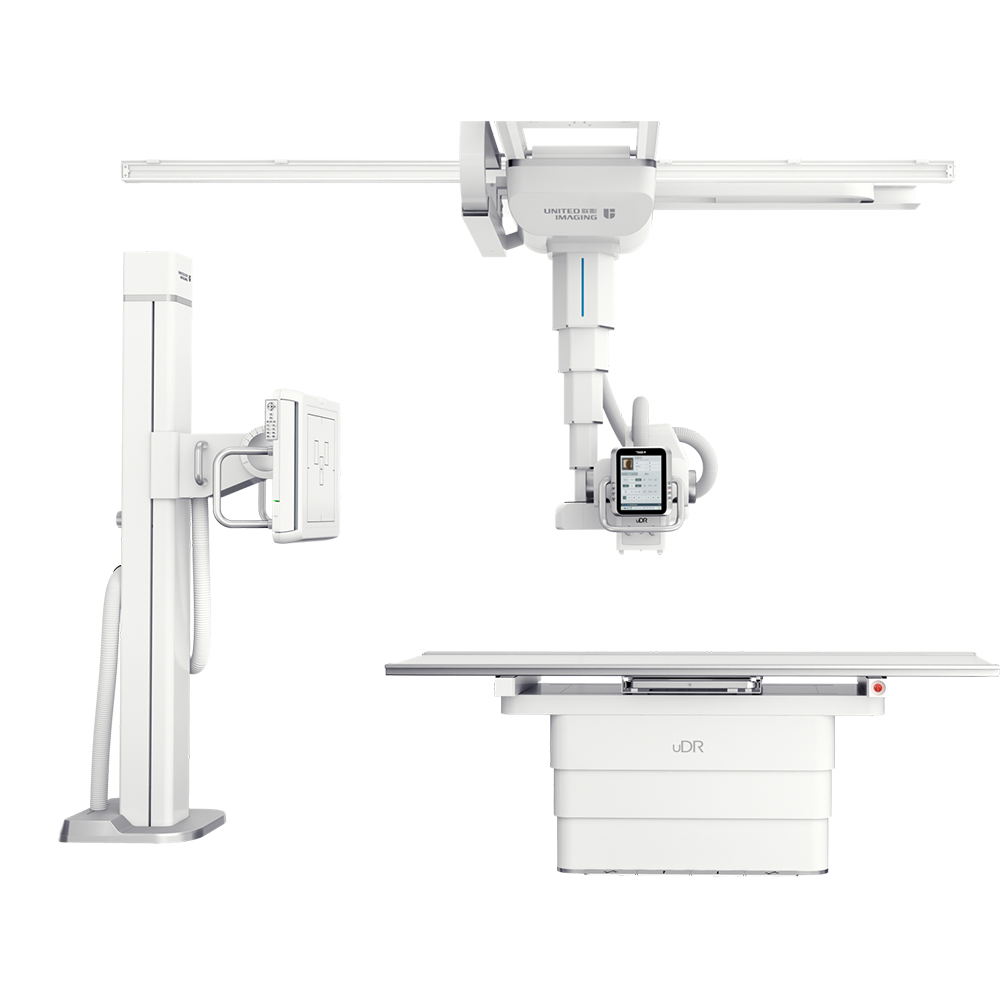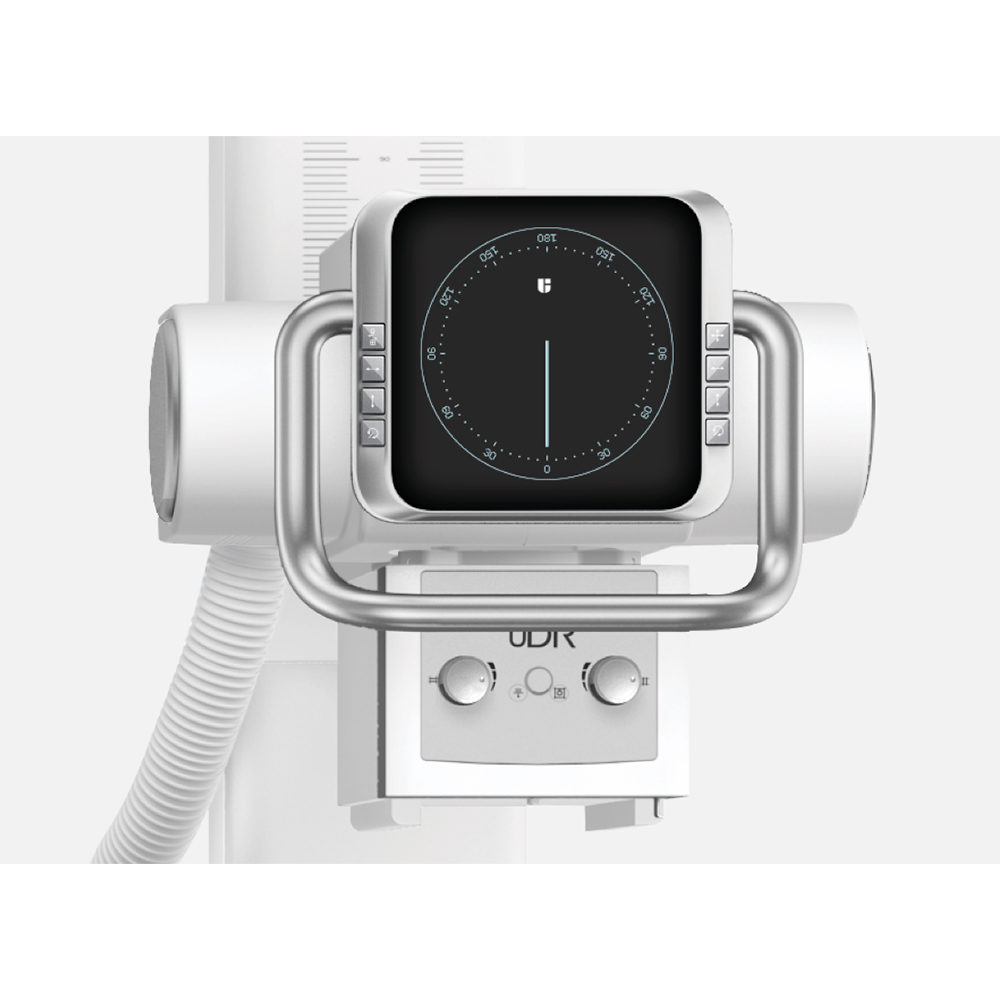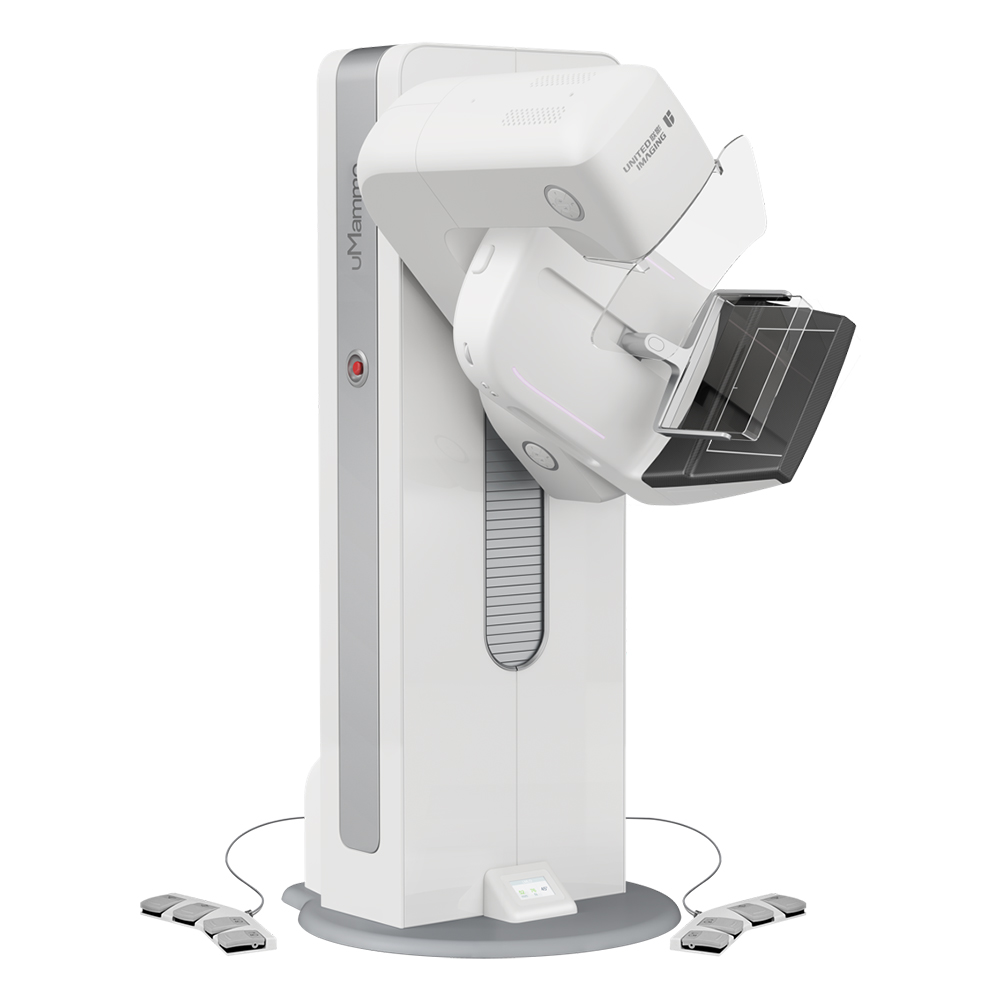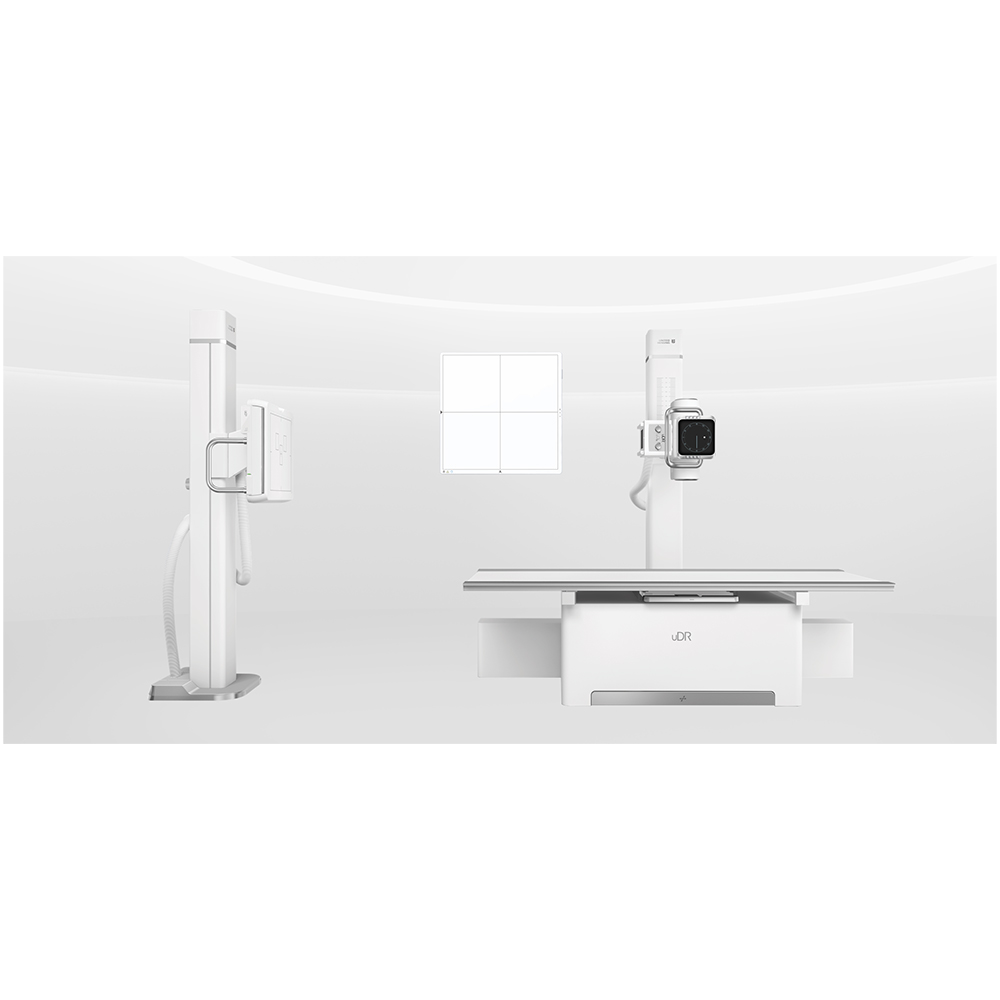The scientific name of asparagus is "Asparagus cypress", alias "Asparagus", Liliaceae Asparagus is a perennial plant, grows continuously for more than 10 years after being propagated by seeds. The tender stems harvested by softening the soil are called white asparagus, and the green asparagus is harvested after the tender stems are exposed to light without soil. Green asparagus is mainly for fresh food, and white asparagus is mostly used as raw material for canned food. It is necessary to choose the planting mode according to the market. If it can be planted on a large scale, it can be done according to the requirements of the local government or the organizer. Regardless of the white asparagus required by the processing enterprise or the white asparagus and green asparagus required by the purchaser, there is not much difference in farmers’ benefits; Generally, it is processed and exported, and the domestic market is less fresh; the domestic market has a huge demand for green asparagus, and a small portion is exported. Therefore, farmers should plant green asparagus individually or in a small area. The tender stems of asparagus have fine texture, fragrant flavor, tightness, less fiber and crisp quality, and contain protein, fat, calcium, iron and multiple vitamins. It is a precious vegetable with delicious taste, rich nutrition, and high medicinal value. It lowers blood pressure, prevents cardiovascular, urinary, lymphatic and other diseases. It has a unique anti-cancer effect. It is a world-famous medicine and is known as a vegetable* by European and American countries. The products are sold at home and abroad. The market prospect of planting asparagus is good and the benefits are high. Asparagus* is suitable for warm summers and cold winters. Generally, tender stems sprouted in spring are used as product organs, and their growth depends on the supply of stored nutrients in the roots of the previous year. The growth and yield formation of tender stems are positively correlated with the number of stems and the luxuriant degree of branches and leaves in the previous year. The length of the tender stem abundance is closely related to varieties, environmental conditions, and cultivation techniques. Cultivation management should focus on the current year's output, stable and sustained high yield, and extend the economic life span. It is necessary to apply more organic fertilizers such as compost and barnyard manure to promote loose and fertile soil to facilitate root development. The main points of cultivation techniques are as follows: 1 Choose good varieties Asparagus is a perennial herb with strong adaptability and many varieties. According to market demand, select suitable varieties, such as Apollo, Purple Passion (purple variety), Telimi, Jersey Giant, Endeavour, UC800 and other fine varieties. The bamboo shoots are thick and tidy, the top is not easy to fall apart, the commodity rate is high, and the economic benefit is good. It is worth mentioning that the female asparagus plants consume more nutrients due to flowering and fruiting, and the yield of tender stems is lower than that of the male plants, but the bamboo shoots produced by the female plants are thick and heavier. The first generation of excellent asparagus hybrids is cultivated and planted in the same year, and the bamboo shoots can be picked 150-200 kg/mu in the second year, and the yield of fresh bamboo shoots can reach 600-1000 kg/mu in the third and fourth years, and the benefit can reach 5000-8000 per mu. yuan. 2 Nutrient bowl to cultivate strong seedlings The use of nutrient bowls for raising seedlings is conducive to increasing the rate of seedling formation, cultivating strong seedlings, with less plant damage during transplanting, and is conducive to early emergence of strong seedlings, achieving the purpose of planting in an appropriate period and early yield. 2.1 Prepare enough nutrition bowl The nutrient bowl should be prepared one month in advance. First, choose loose sandy loam soil with a higher fertility level as the seedbed. The seedbed is 1.3-1.5 meters wide and 10-15 cm deep. Before making the bowl, 30-40 kilograms of mature chicken manure, 2 kilograms of phosphate fertilizer, and 10 kilograms of plant ash should be applied to each cubic nutrient soil, or 70% garden soil, 25% plant ash, 1.5% compound fertilizer, 0.5% urea, 1 % Phosphate fertilizer and 2% Potassium chloride are used to prepare nutrient soil. The diameter of the bowl is 8-10 cm, and the height is 10 cm. 2500 bowls are needed per acre of field. 2.2 Seed soaking Asparagus seeds have thick shells and lipids, and absorb water slowly. First, soak the seeds with 50% carbendazim 300-500 times solution for 24 hours, then soak the seeds in 25-30 degrees warm water for 2-3 days, and replace with new water 2-3 times a day. After soaking the seeds, wrap them with clean gauze, and place them at 25-30 degrees for sprouting. During the sprouting period, use warm water at 25 degrees for 1-2 times a day. When 15% of the seeds are exposed, they can be sown. 2.3 Sowing at the right time 2.3.1 Spring sowing Sow from March to April, and plant from May to June, and start picking bamboo shoots in the spring of the second year. Plants transplanted before wheat can be planted in early and mid-March, and planted after wheat can be planted in early and mid-April. Before planting, pour the nutrient bowl thoroughly with water, one per bowl, and cover with fine soil 2 cm thick after planting. Then spread poison bait to prevent underground pests. *Put the mulch on the back of the border, and use the bow shed cover film to cover the border to keep warm and moisturize, and promote germination and seedling growth. 2.3.2 Autumn sowing Sow from August to September, and plant from October to November, and start picking bamboo shoots in the spring of the third year. 2.4 Seedbed management Seedbed management should focus on adjusting temperature and humidity, cultivating strong seedlings, and preventing pests and diseases. The bed temperature before emergence is 20-30 degrees during the day and no less than 12 degrees at night. When the first 70% of the seedlings are unearthed, remove the flat mulch and gradually ventilate the seedlings. When the seedlings are about 10 cm high, pour thin organic liquid fertilizer or urea to remove weeds in time, and use carbendazim to control Taibao and phoxim to prevent brown spots, Spodoptera litura and underground pests. When the height of the seedlings is about 20 cm, ventilation can be adopted without removing the film to make the seedlings adapt to the external environment. Keep the seedbed moist during this period. Healthy seedling standard: seedling age 70 days, seedling height 25-30 cm, there are more than 3 above-ground stems, about 15 underground storage roots, and the root length is 20-25 cm. 3 Soil selection and site preparation and planting The root system of asparagus belongs to the fibrous root system, and the root group is particularly vigorous. A large number of fleshy roots occur on the underground stems. It likes a warm and well-ventilated environment, and high temperature, high humidity, and stagnant water can easily cause rot. Therefore, asparagus is suitable for sandy loam with loose and fertile soil, good air permeability, deep soil layer, rich organic matter content, and convenient drainage and irrigation. The pH value is 6~6.7, and carrots and beets are not suitable for the previous crop. Silt soils with excessive acid-base or heavy stickiness are not suitable for asparagus growth. Asparagus is a perennial crop. Once planted, the land cannot be fully cultivated. Therefore, before planting, combine deep ploughing (30-40 cm, and fully white) to prepare the ground, apply 3-4 cubic meters of organic fertilizer per mu, and 80-100 kilograms of compound fertilizer. After ploughing, rake leveling, do a good job in field irrigation and drainage projects, and excavate planting ditches with north-south lines. The row spacing is 1.2-1.5 meters, the groove width is 40-50 cm, and the depth is 30-40 cm. Before transplanting, apply 100 kilograms of compound fertilizer, 80 kilograms of cake fertilizer and 2-3 cubic meters of organic fertilizer per mu in the ditch. Evenly apply into the ditch and mix with the backfill soil evenly. When transplanting, the planting ditch should be 10 cm away from the ground. Plant one plant every 30 cm and 1500-1800 plants per mu. Grading the seedlings while raising the seedlings, complete planting, watering, and soil covering, etc.*, so that the seedlings are planted on the same day. Plant one strong seedling per hole, two weak seedlings per hole, and plant strong and weak seedlings separately. When planting, you should plant in a directional direction (that is, the end of the underground stem with squamous buds should be aligned in the same direction along the ditch, which is convenient for later cultivating soil and picking shoots). Hold the seedling body with one hand, cover a small amount of soil and compact, and then cover Fine soil 4 to 5 cm, irrigate thoroughly, and then cover 1 to 2 cm of soil after water seepage to prevent compaction and water evaporation. Check seedlings for replanting 3 to 4 days after transplanting to prevent seedling shortage. After the seedlings survive and the new stems have emerged, the planting ditch shall be gradually filled in stages. 4 Field management 4.1 The year of planting After asparagus is planted, it is necessary to pay close attention to the field management work with the core of growing roots and strong plants and violently promoting autumn hair to achieve the purpose of early rapid growth and high yield. After planting, the plants should be cultivated and weeded in time due to their short size. If the weather is dry and early, water should be timely, and waterlogging should be drained in time during the flood season to prevent the accumulation of water in the field from retting roots and dead seedlings. Generally, one month after planting, add 20-30 kg of urea to promote balanced growth according to the seedling situation and watering. After entering August, asparagus enters the vigorous growth stage in autumn. The autumn fertilizer should be re-applied to vigorously promote the rapid growth of asparagus in the three months of August, September and October, laying the foundation for a high yield early next year. Generally apply 2-3 cubic meters of organic fertilizer per mu, 100 kilograms of compound fertilizer, and 20 kilograms of urea. Ditch and apply at 40 cm from the plant. At the same time, pay attention to pest control. After winter, the above-ground part of asparagus begins to wither, and the nutrients in the plant are transferred to the underground roots, which is good for strong roots and high yield in spring. In late winter and early spring in February, ground plants should be thoroughly cleaned to reduce the source of disease bacteria. 4.2 The second year of planting and the following year In the second and subsequent years of bamboo shoot picking, the focus should be on the scientific management of three fertilizers, stems, and timely topping, and other comprehensive prevention and control of plant diseases and insect pests; and the three tasks of scientific bamboo picking. 4.2.1 Three fertilizers The three fertilizers are sprouting fertilizer, strong bamboo shoot fertilizer and autumn hair fertilizer. The basic method is: in March, combined with ridge tillage and soil cultivation (in batches), apply germination fertilizer, apply 2-3 cubic meters of soil and miscellaneous fertilizers per mu, and 100 kilograms of asparagus special fertilizer. Conducive to the inorganic nutrition requirements of scale buds and tender stems. Generally, the output of summer bamboo shoots accounts for 2/3 of the total annual output. Therefore, apply strong bamboo shoot fertilizer (relay fertilizer) in early and mid-June, and apply 20-30 kg of urea per mu. This fertilizer acts as a relay and can extend the shoot harvesting period. Increase the amount of bamboo shoots picked in the middle and late stages. After picking the bamboo shoots in early and mid-August, combine fine soil and flat ridges, re-apply autumn fertilizer, apply 2-3 cubic meters of soil and miscellaneous fertilizers per mu, 200 catties of asparagus special fertilizer, and 20 catties of urea to promote the healthy autumn hair of asparagus. Accumulate nutrients and cultivate many and strong scale buds. This three-fertilizer combination and reasonable fertilization mode is the basis for the high yield and quality of asparagus. Asparagus has a long growth period and is more drought-tolerant than waterlogging. But keep the soil moist during picking shoots, and the tender stems will grow fast, with good quality and high yield. During this period of drought, you should irrigate happy horse water at the right time. During the flood season, pay attention to remove waterlogging and prevent the occurrence of diseases such as high temperature and rotten roots. 4.2.2 Integrated control of pests and diseases Asparagus stem blight and brown spot disease are the main diseases that harm asparagus, with rapid onset and serious damage. There is currently no drug to prevent and treat. Practice has proved that adopting a comprehensive pest control strategy with agronomic measures as the mainstay, supplemented by enhanced pesticide control, can achieve twice the result with half the effort. The specific methods are: 4.2.2.1 Timely topping to prevent lodging Asparagus plants can reach more than 1.5 meters, allowing them to grow, which seriously affects ventilation and light transmission, and is prone to lodging, causing serious diseases in the field due to high humidity. When the plant reaches about 100 cm, it should be topped in time, which is conducive to concentrated nutrition and promotes the growth of underground rhizomes. Wire can be pulled if possible to ensure that the plant does not fall down. 4.2.2.2 Clean up the countryside Cleaning up the garden to reduce the source of infestation is one of the effective methods to prevent stem blight. In February, the field stalks were cleaned up, diseased branches and leaves were cleaned and burned. After picking the bamboo shoots in early and mid-August, combined with returning to the soil and flat ridges, the remaining piles and the mother stems on the ground must be thoroughly cleaned, and the scale bud trays must be sprayed for sterilization. In the autumn period, the diseased branches and leaves in the field should be removed regularly, which can greatly reduce the occurrence of diseases. 4.2.2.3 Keep the female stems to pick bamboo shoots to prolong the picking period Only green asparagus should be harvested for new asparagus fields in the second year after planting. Generally, the young stems that grow in the first half of April are left in the field as mother stems to support root plants. The tender stems that will come out later are harvested. The length of the harvesting period depends on the quality of the fall of the previous year, and it can generally be harvested for 30-50 days. Entering the asparagus field in the abundance period, all tender stems born before mid-May can be harvested. According to the situation of bamboo shoots in early and mid-May, after leaving 2-3 mother plants in each hole, they can be harvested until early and mid-August. The harvesting of white asparagus fields generally starts to retain female stems in early and mid-May, leaving 1-2 roots per plant layer, and can be harvested continuously until early and mid-August. This kind of bamboo shoot picking with mother stem not only increases the income of shoot farmers, but also avoids the peak of disease caused by high temperature and humidity in July, reduces the frequency of medication and reduces costs. 4.2.2.4 Reasonable fertilization Increase the application of organic fertilizers and phosphorus and potassium fertilizers, and appropriately control the amount of nitrogen fertilizers. It can increase soil organic matter, loosen the soil, promote the healthy growth of asparagus stems and leaves, and improve disease resistance. 4.2.2.5 Seize favorable opportunities and rationally prevent Take prevention first and comprehensive prevention methods. When the remaining stems are unearthed within 5-7 days and the plant reaches about 20 cm, use Bordeaux mixture, carbendazim and other agents to coat the stems. After picking the bamboo shoots, combined with cleaning up the remaining piles, spraying medicine along the ridge to protect the root disk and eliminate the pathogens in the root disk and top soil layer. On the basis of timely cleaning of diseased branches and leaves, the mother stems left during the shoot-picking period and the autumn hair stage should be sprayed for prevention and control according to the weather and disease, and alternative drugs should be used to improve the quality of spraying. Carbendazim, Thiophanate Methyl, Mancozeb, Trimet, Asparagus Clean etc. can be used. Insect pests mainly include Spodoptera litura, Spodoptera exigua, Helicoverpa armigera, cutworm, etc. Noctuids can be controlled with chlorbenzuron, Nonglinle, etc. 1000 times liquid, for aphids, etc., with dimethoate 1000 times liquid, and underground pests can be controlled by carbofuran, soil treatment and trichlorfon bait. 5 Scientific harvest 5.1 Harvest green Green asparagus is harvested at 9-11 am every day. According to the product quality requirements, the young stems that extend 20-24 cm from the ground are cut off 2 cm below the soil and sold in a centralized manner. Harvesting method: Use a special stainless steel knife to cut off the tender stems neatly, put them in a basket, cover them with a wet towel, and put them in a cool place to prevent water aging. 5.2 Harvesting white asparagus For harvesting white bamboo shoots, generally combine tillage and fertilization before March 25 to support ridges and cultivate soil. The soil is required to be finely crushed to make a high ridge with a bottom width of 60 cm, a height of 25-30 cm, and a top width of 40 cm. And the soil ridge is loose inside and outside, and the surface is smooth. During the harvest period, check the top of the ridge twice every morning before 8 am and after 4 pm, and it is found that the soil surface is cracked. The topsoil should be peeled off, and the shoot knife should be used to harvest the upper part of the underground stem. 75 degree angle to avoid damage to underground stems. After harvesting, the ridge soil is restored and flattened. After harvesting, the white bamboo shoots should be kept in the shade and sold in a timely manner. 5.3 Determine the stop period As the tender stems are harvested, the stored nutrients are continuously consumed. When the tender stems become thinner, the hardness becomes larger, the deformed bamboo shoots increase, and the yield decreases, the harvest should be stopped immediately. The asparagus must have a growth period of about 100 days after the stop of harvesting in order to obtain a high yield next year. The suitable harvest period of asparagus in the mature period in the north is 70-80 days. Disclaimer: Some articles on this website are transferred from the Internet. If the legal rights of a third party are involved, please inform this website for processing. phone
Digital Radiography made affordable, Created to meet the needs of community to hospitals and private radiology practices, it enables the price-sensitive customers to join the drive to go digital.The versatile floor mounted radiography system enables you to go from film to CR to DR. Flooe-mounted easy for installation and operation.
United-imaging according to the international advanced processing mode and standardlize design. the parts are made with precision CNC machine and moulding. Which adopt high degree of standardized, reasonable and compact structure. With reliable, durable and elegant appearance and advanced processing technology.
X-Ray Digital Machine,X-Ray Digital Machine In Medical,X-Rays Digital Medical Machine,Medical X-Ray Digital Imaging Machine Shanghai Rocatti Biotechnology Co.,Ltd , https://www.ljdmedical.com
The United-imaging is floor mounted system comprises a radiographic table with integral floor guide rail and a wallstabd. Requiring little room preparation, it is easy to install.



